What is Flower?
A flower is a reproductive structure of plants. The main function of a flower is to effect reproduction in plants by providing a mechanism for the union of eggs with sperm. Many Flowers have evolved throughout the years to be attractive to animals to make them act as vectors for the transfer of pollen grains for fertilization. After the fertilization process, the ovary of the flower develops into a fruit. In addition to reproduction, flowers have long been used and admired by humans to enhance the beauty of their environment and also as objects of rituals, medicine, religion, romance and as a source of food.
Why Do most plants open is spring and summer?
In temperate regions, this is the best time to attract insect pollinators. Ideally, the flowers open as early as possible in the season so that they can use the warm summer to grow and develop their seeds.
Which is the Largest Flower?
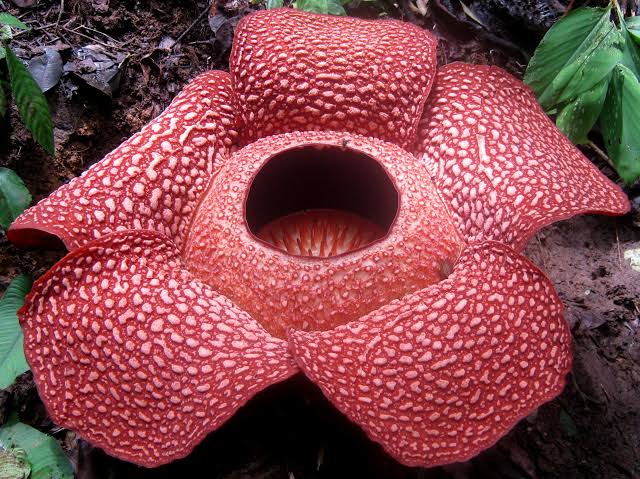
Rafflesia Flower
The world’s Largest flower grows on the Rafflesia, a plant without leaves that thrives in the tropical forests of Southeast Asia. It is a parasite, growing on the stems of lianes in the forest.
Individual flowers can measure up to 91 cm across making them the largest single flower of any plant. Rafflesia’s red and white flowers may look attractive, but they stink, mimicking the aroma of rotting flesh. Flies are attracted by its revolting smell, which then pollinates the flower.
Which is the smallest flowering plant?
A tiny tropical duckweed is the world’s smallest flowering plant. Some species measures less than 0.5 mm across, even when fully grown.

Which Flowers Last for only one day?
The flowers of morning glory (Shown in the picture) open each morning and shrivel and die towards evening. Daylilies also produce flowers that last one day.
Which is the Largest seed?
The Coco De Mer of Seychelles has the largest seeds, each weighing up to 22kg. They are produced inside a large woody fruit that takes six years to develop.
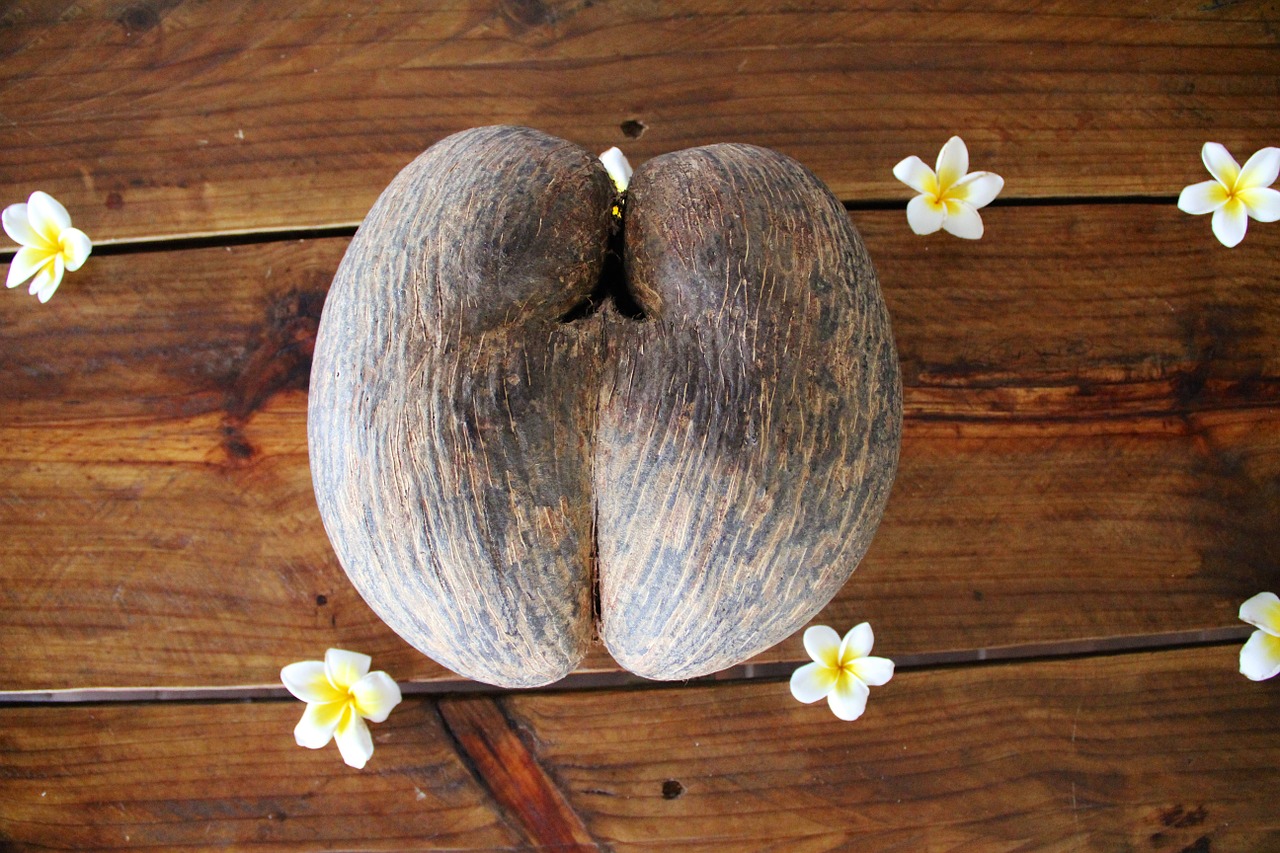
Which countries use mainly herbal medicines?
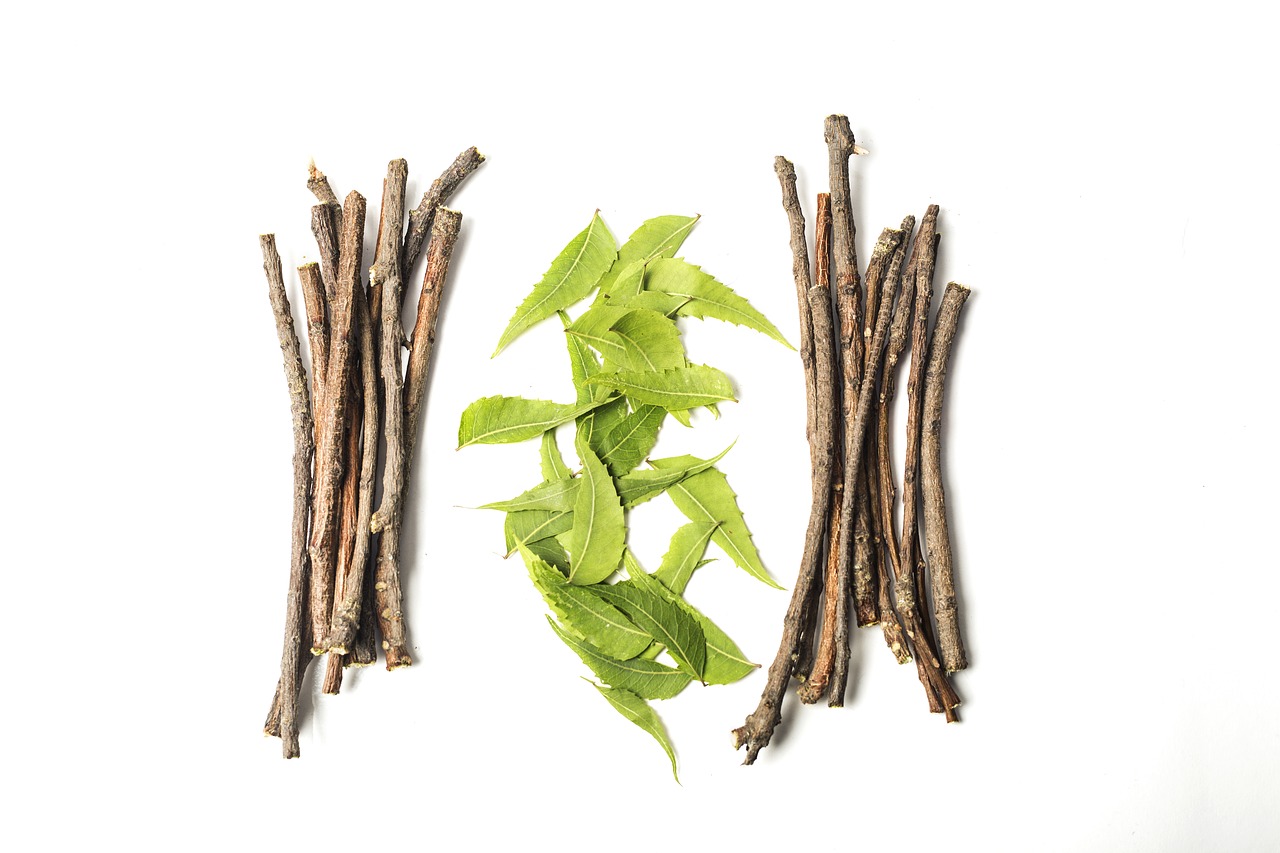
Herbal Medicines are widely used across the world, especially in India and China.
“Ayurveda” a Hindu System of Medicine is one of the oldest holistic healing systems originated in India. Today more than 8,000 medicinal plants are in use in India and Southeast Asia, and about 5,000 plant remedies are in use in China
How do Desert flowers survive droughts?
Many desert flowers live for only a short time but survive as seeds in the desert soil. When the next rains fall, they trigger the seeds to germinate.
How do Water plants stay afloat?
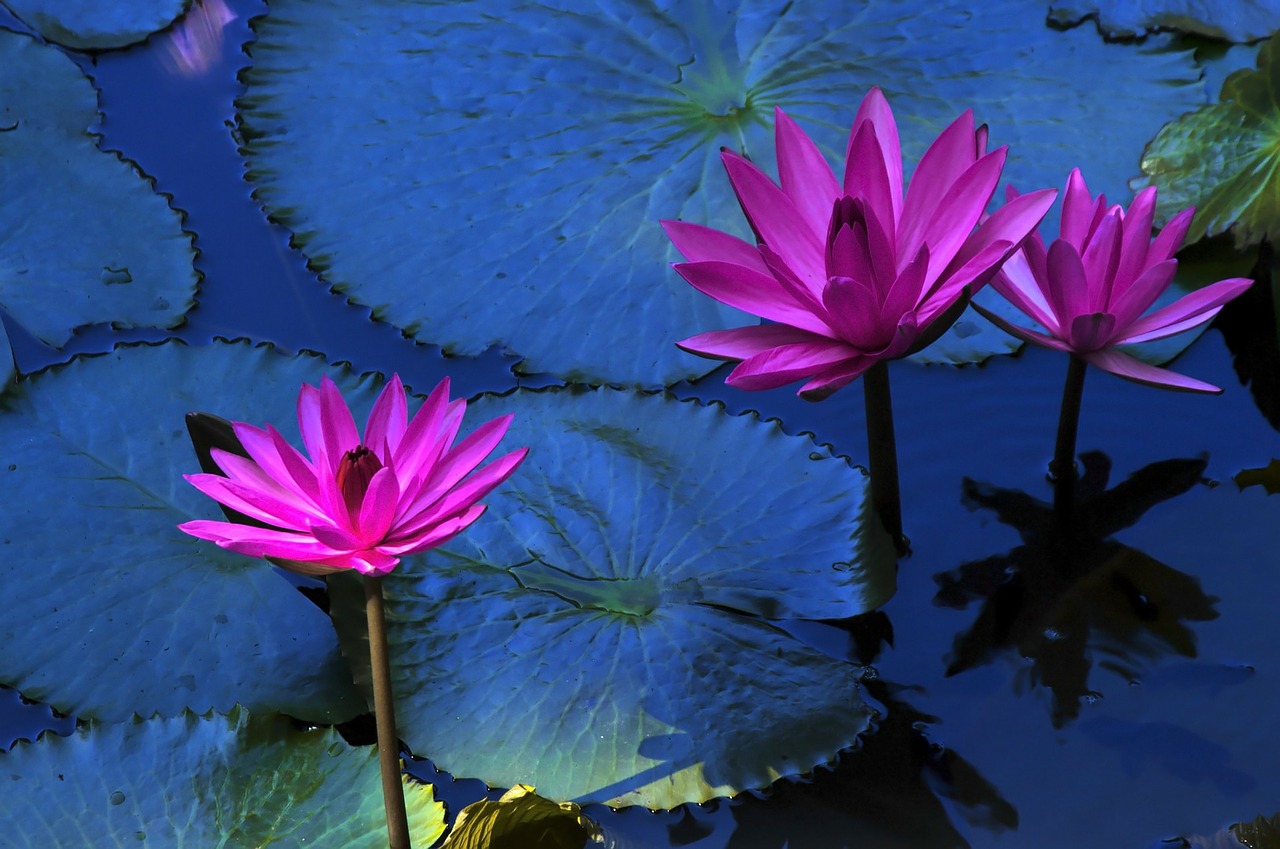
Lotus Flower
Some water plants stay afloat because their tissues contain chambers of air, making their stems and leaves buoyant. Others, such as water lilies, have flat, rounded leaves that sit boat-like on the water’s surface. They may also have waxy leaves, which repel the water and help to keep the leaves afloat, or up-curved rims to the leaves. Some combine wax with hairs so that the leaves are unwettable.
How many seeds can a plant produce?
In the tropical forests of central and South America, a single trumpet tree produces 9,000 seeds which are about 1.9 mm long. Many of these end up in the soil and germinates when there is a gap in the canopy.
Which plant has the largest floating leaves?
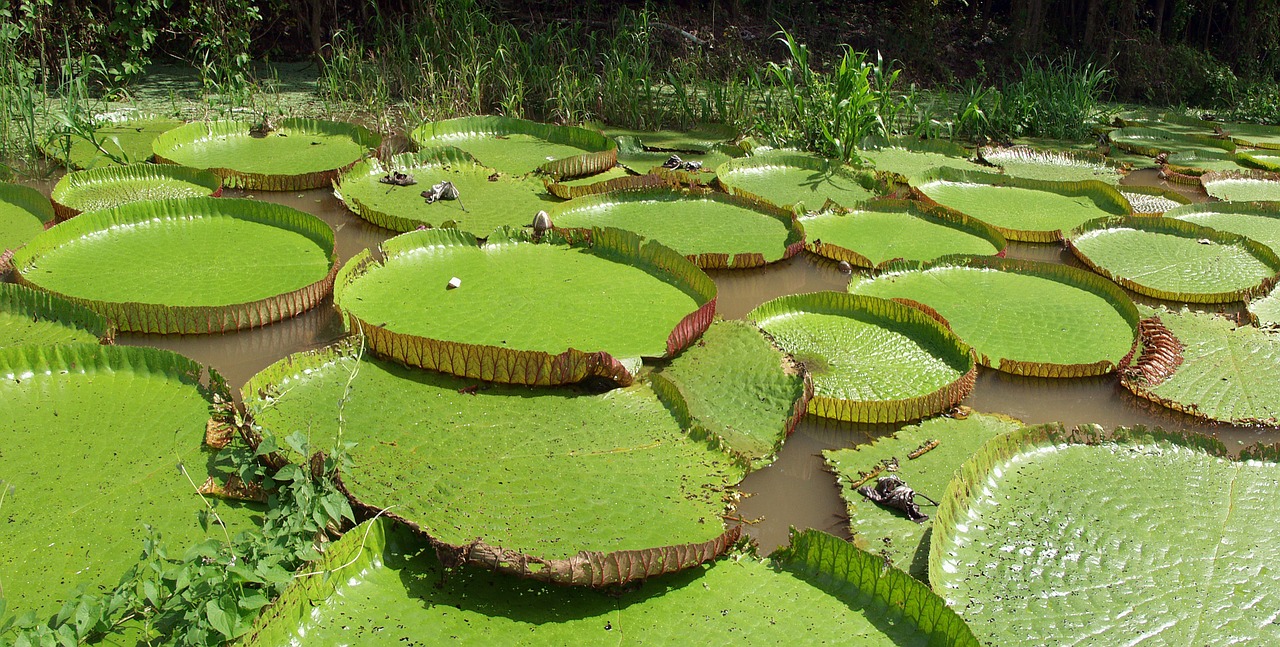
Giant water lilies
The Giant waterlily of the amazon region has huge leaves. They grow up to 1.8 m across and can support the weight of a child.
Which plant grows the slowest?
The record for the slowest growing plant probably goes to the dioon plant. The dioon grows in Mexico, and one specimen was recorded to have an average growth rate of 0.76 mm per year.
Which plant grows the fastest?

The giant bamboo of Myanmar grows up to 0.3 mm per day, making it one of the fastest-growing of all plants.
However another species from India, the spiny bamboo holds the record for growth in a greenhouse - it achieved 91 cm in one day.
Which is the most Poisonous flower?
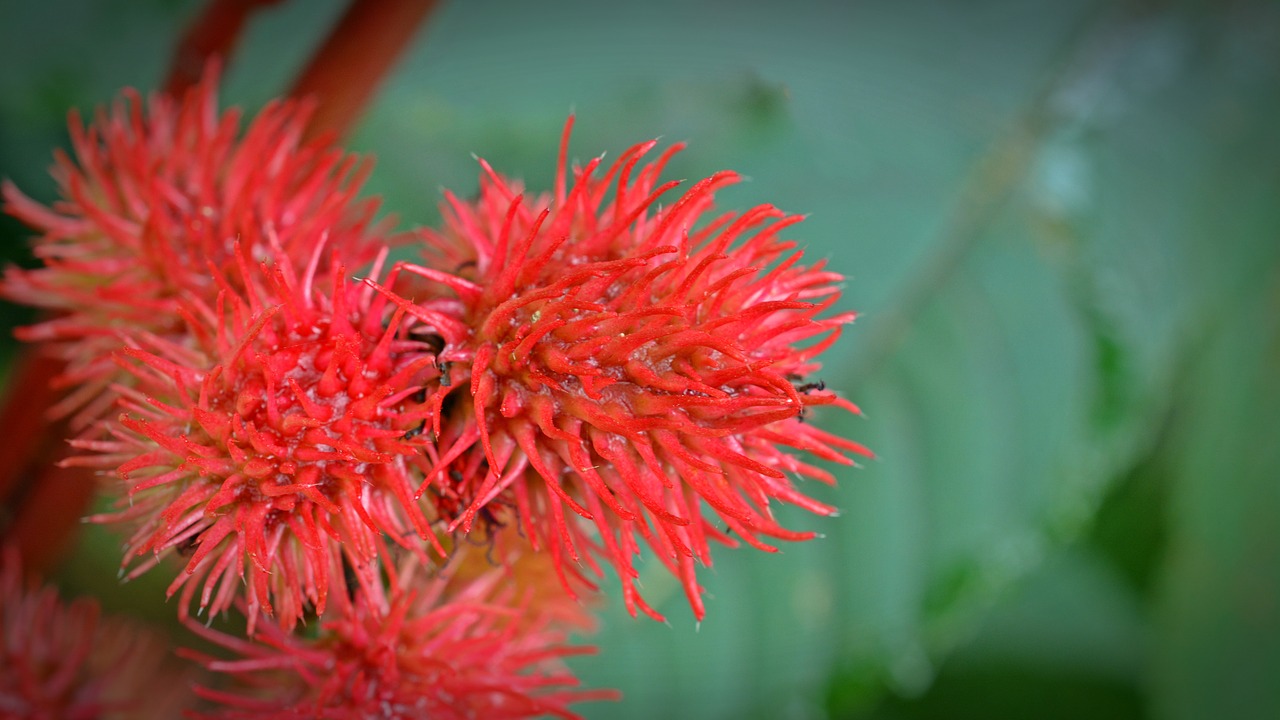
Castor Oil Plant
Castor oil plant is listed in the Guinness Book of World Records as the most poisonous common plant in the world. Almost all parts of this plant are toxic, its beans contain ricin, a very toxic element, overdosing of which can lead to nausea, diarrhea, tachycardia, hypotension, and seizures.


